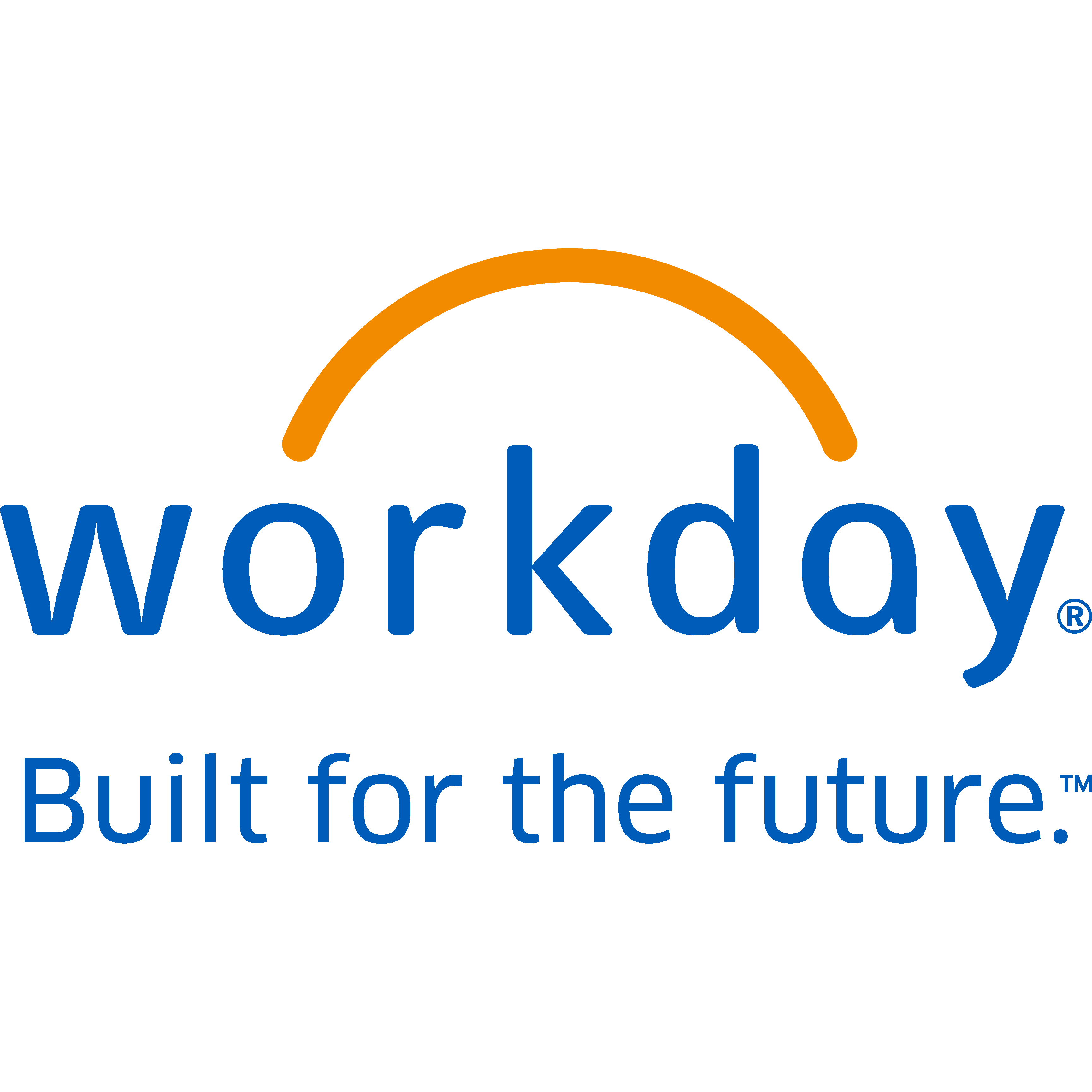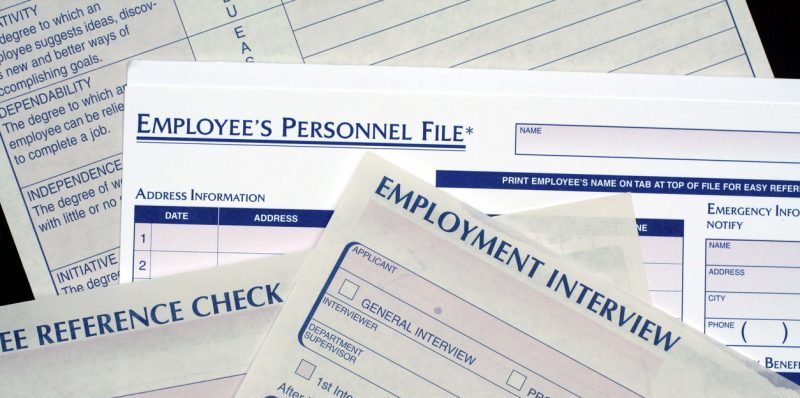This article is an excerpt from GovLoop’s recent guide, “The State of the Workforce: Key Issues Government Managers Face.” Download the full guide here.
Gone are the days when HR was seen as a basic support function – one that often took a backseat to higher priority mission tasks.
As the nature and complexity of government operations evolve, agencies are realizing that HR departments play a key role in driving their mission. For example, as governments are asked to respond to citizens’ demands and provide more services – without commensurate funding – having the right people in place is vital.
“Underlying everything that’s going on in government is this requirement to do more with less,” said Ray Elwell, Government Industry Advisor for Workday, a leader in strategic workforce planning. “Organizations are being forced to look at doing business differently and more efficiently.”
In an interview with GovLoop, Elwell explained how agencies can redefine HR to fit the modern era. He also identified three major areas for HR re-development: hiring, training and performance management.
In today’s dynamic work environment, agencies can no longer rely on traditional hiring practices, such as generic job boards or outdated print advertisements, to find the right candidates. They are competing with tech-savvy companies that are connecting directly with applicants through social media and targeted meetups. Long before open jobs are posted or applications are accepted, agencies need to have a strategy to attract the right applicants. This is especially critical as more seasoned professionals retire from government service.
“I think one of the biggest challenges right now is the cost of making a hiring mistake,” Elwell said. “Governments struggle with that and are trying to make sure that when they recruit, not only do they do it in a timely manner, but that they’re finding the right candidates to fit those positions. The cost of hiring and training someone, only to have them leave, is significant.”
Once employees are hired, HR has the challenge of preparing them to excel in their current roles while also equipping them to meet the future needs of the agency. Employee development used to be based on training employees for promotion. Now, workforce training plays a much bigger role, as lateral career moves are becoming just as common in the workplace as moving up the ranks.
Workforce training has to be all-encompassing and relevant, which can be a tricky balance. While employees have to brace for inevitable change, they need to have room to specialize. And there’s still the same expectation to educate employees on agency policies and codes.
All the while, HR has to keep employees engaged and committed for the long-run. One way to do that is by making routine tasks simpler and more accessible, such as offering self-service portals that provide instant access to pay stubs, benefit information or expense reimbursements. These applications give employees the freedom to complete tasks at their own pace, at any time, and on any device.
“The majority of government employees don’t sit at a computer all day,” Elwell said. “They need to have their business applications on their mobile device because that’s how they live and work. Being able to deliver all those traditional back-office applications on a mobile phone or tablet is huge. The employer also benefits because now they have access to more accurate information to support organizational decision-making.”
Technology has fundamentally changed HR aside from day-to-day duties, too. Traditional checkbox employee reviews are becoming a thing of the past as agencies leverage technology to create fluid succession plans, identify top performers and provide instant feedback on employee performance.
By incorporating modern applications into HR, governments can markedly cut down on inefficient processes for performance evaluations, filling positions and training employees. Specifically, Workday provides cloud-based solutions to help agencies organize, manage, staff and develop an effective and efficient workforce. For example, the county of San Mateo in California was able to consolidate 17 applications into one and drastically improve efficiency by partnering with Workday. The new solution simplifies how employees review and update benefits selections, update performance evaluations and more.
“I think the biggest area where we help organizations is modernization,” Elwell said. “It is really taking them from a very static, stuck-in-their-way process, to getting them to rethink how they really want to do business. Whether that’s recruiting, job performance, succession planning or just general HR self-service, those are areas where Workday is making the biggest difference with our customers.”






Leave a Reply
You must be logged in to post a comment.